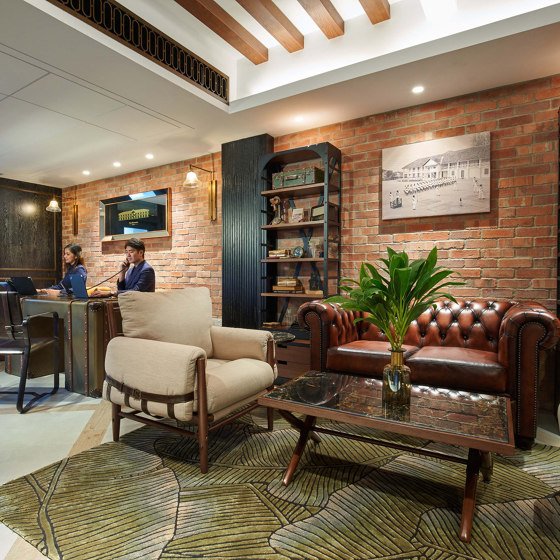Chicago’s INVEST South/West yields early initial projects, but not without communication breakdowns along the way
Carol Ross Barney, principal and founder of Ross Barney Architects, saw the protests in Auburn Gresham not as a subsect of rabble-rousers, but as a product of the community engagement process: “When we won ISW, our proposal was based on the process that they had [previously] done. And the very first meeting, all we had was pushback; they didn’t want housing, they didn’t want that type of housing,” she told AN. “Nobody would talk to anybody.” At one meeting held on Zoom on June 24, 2021, Auburn Gresham residents and Cox had tense exchanges, wherein Cox implied that developer interest in the Auburn Gresham site was low and that the city “always has the option to do nothing.”
Ross Barney’s team put together a new engagement process that combined open houses for speaking with the design team with more structured activities and drawing sessions, both in-person and via Zoom. Eight extra meetings were held during the summer in 2021, resulting in a project that redistributes development between two adjacent sites, adds park space, and includes a commercial space. The process added both time and costs— particularly due to adding another property—to the final design. In a November 2021 Committee on Design presentation, David Block of Evergreen Real Estate Group said that his “gut says that it’s still the right way to develop [neighborhoods like Auburn Gresham], but it’s a hugely economically inefficient way to do it.” Barney noted that by the end of her team’s engagement process, the “vibe was different”; it had become more supportive of the project. This was due in part to the fact that residents were more willing to give her team a chance, simply put, because they weren’t representing the city. “A program like this is really radical for our city, but these are really disinvested communities, Ross Barney said. “They don’t trust the city.”
What Ross Barney et al. did right was to take the time to build trust, making space for necessary discomfort that she said can yield compromise, not winners and losers. “What we’re missing in Congress is what we’re now trying to grow in these communities: the idea that you can compromise, and you can talk about resources and the allocation of resources, and there doesn’t have to be a lot of losers,” she said. Separately, Ross said, “Chicago’s vitality depends on the strength of all its neighborhoods,” adding that she’s “happy to be associated with this program and [looks] forward completing well-designed homes for the Auburn Gresham community.”
This is the “speed of trust” that many designers ought to employ when working with long-neglected communities, a pace at which community members not only feel some degree of ownership over the outcomes, but over the process itself. After mayoral predecessors Richard M. Daley and Rahm Emanuel, whose downtown development blitzes largely ignored South and West Side communities, Lightfoot framed ISW’s development opportunities through an equity lens. The Austin proposal, like all selected ISW proposals, will continue to undergo extensive review, including public meetings. But is this typical of how many design competitions establish community agency over their own neighborhood’s future?
After decades of disinvestment instilled a sense of distrust, these neighborhoods don’t just need new developments—they need the city to lead reparative processes. Following philosopher Olúfémi Táíwò’s work on spatial reparations, this means that agencies shouldn’t only redress past harms and negligence with new buildings but should build justice into the built environment itself. This can be accomplished by providing communities with greater control over the development process for these sites and allowing communities to decide the extent of engagement required.
There is so much hope here. ISW stands to create useful, beneficial buildings in disinvested places; proposals such as Ross Barney’s include thoughtful programs that will drive future private investment. The program’s problems are not an indictment of the projects themselves, but of the ways in which city planners respond to the contexts in which they operate. Trust isn’t built by outcomes alone, but through how we achieve those outcomes—through collaborative processes that make space for friction and, eventually, cohesion.
Anjulie Rao is a Chicago-based critic and journalist covering the built environment.

